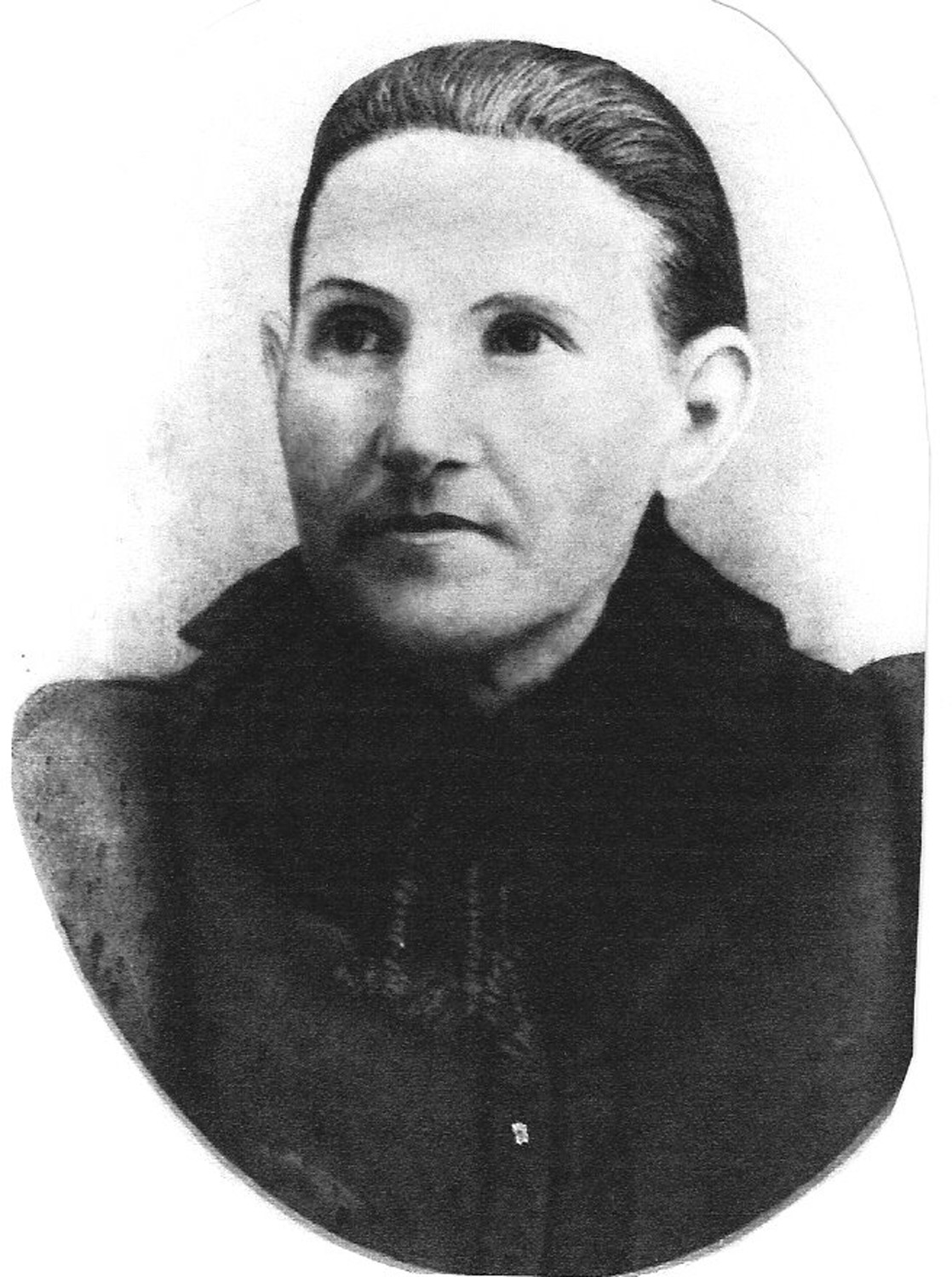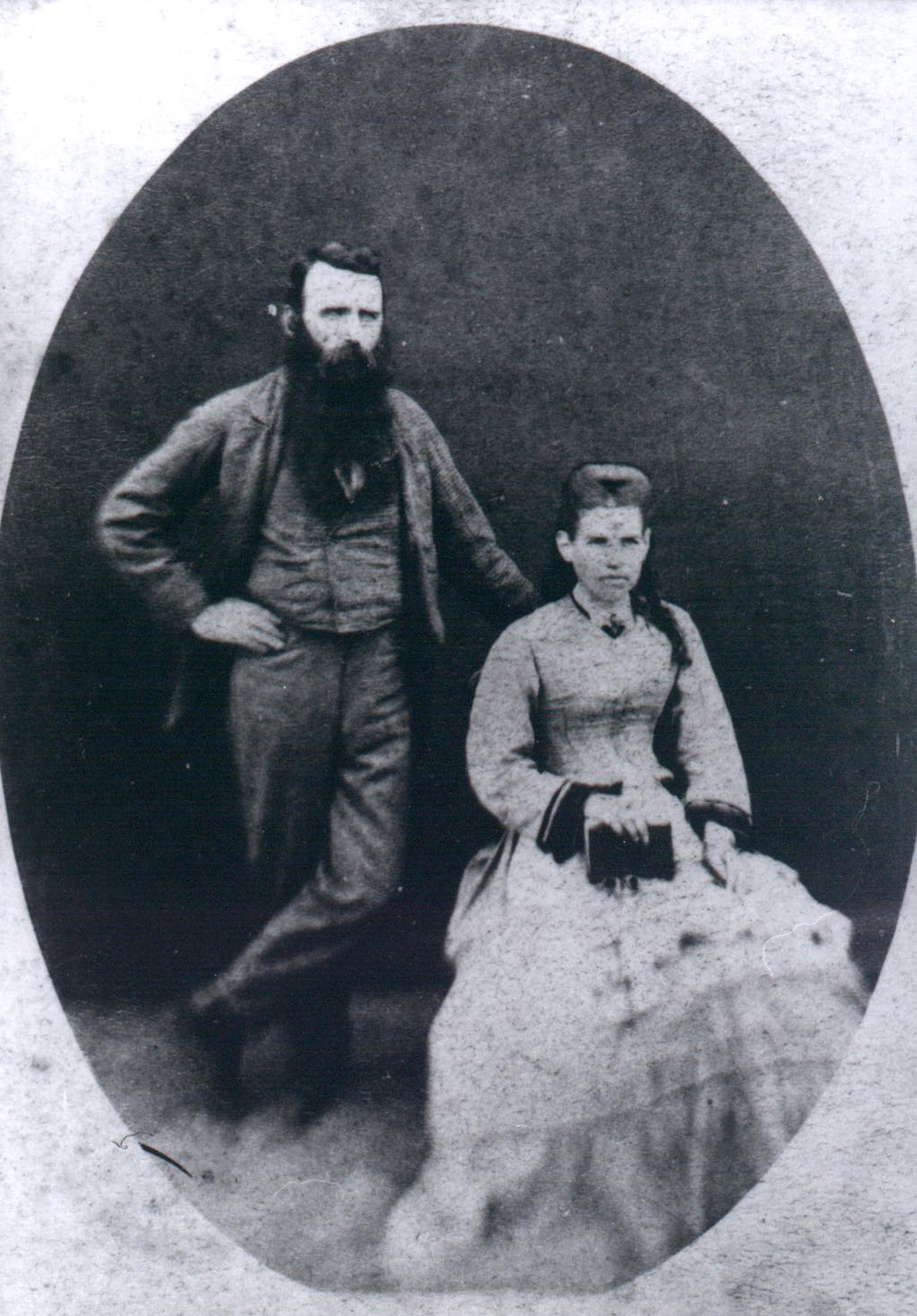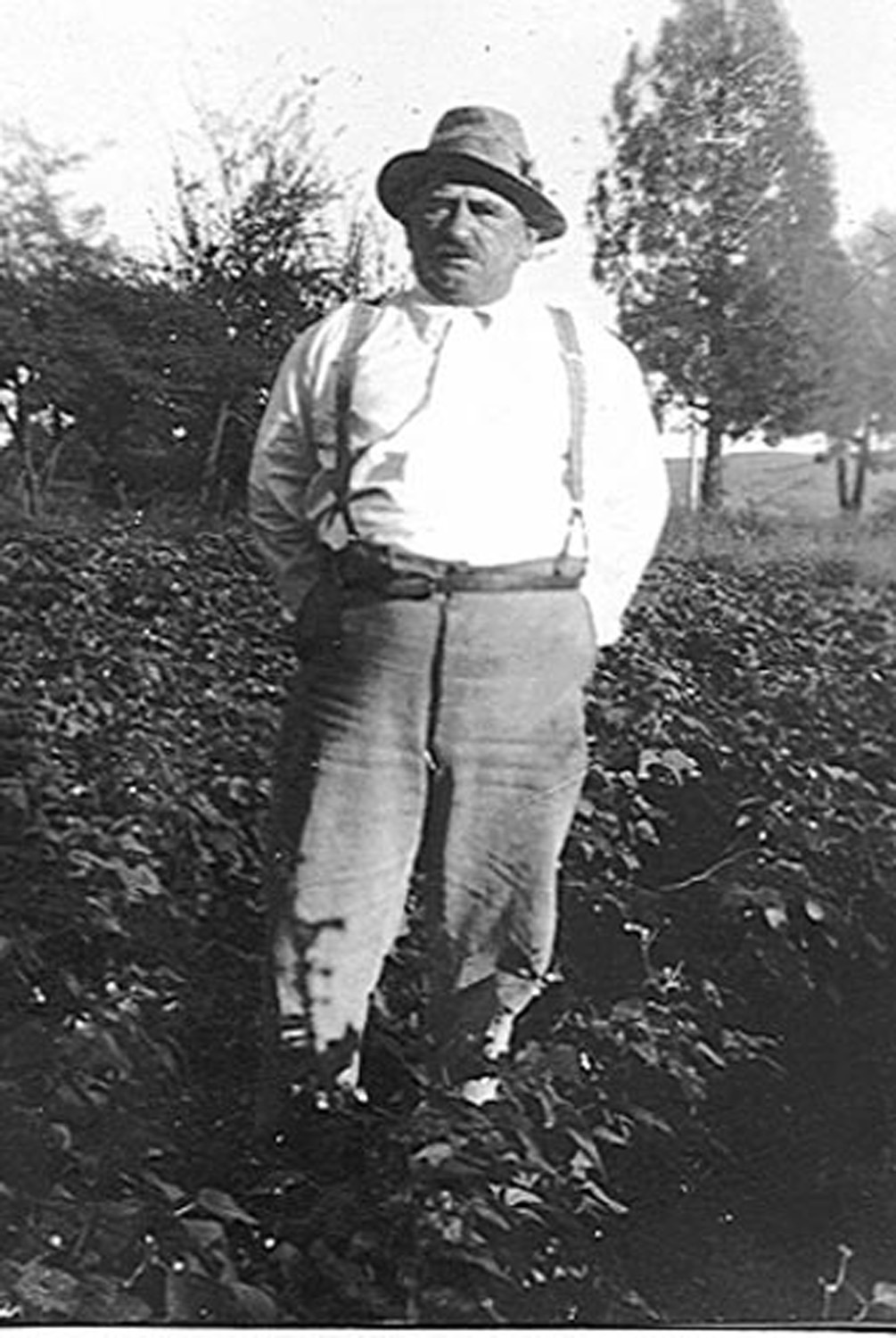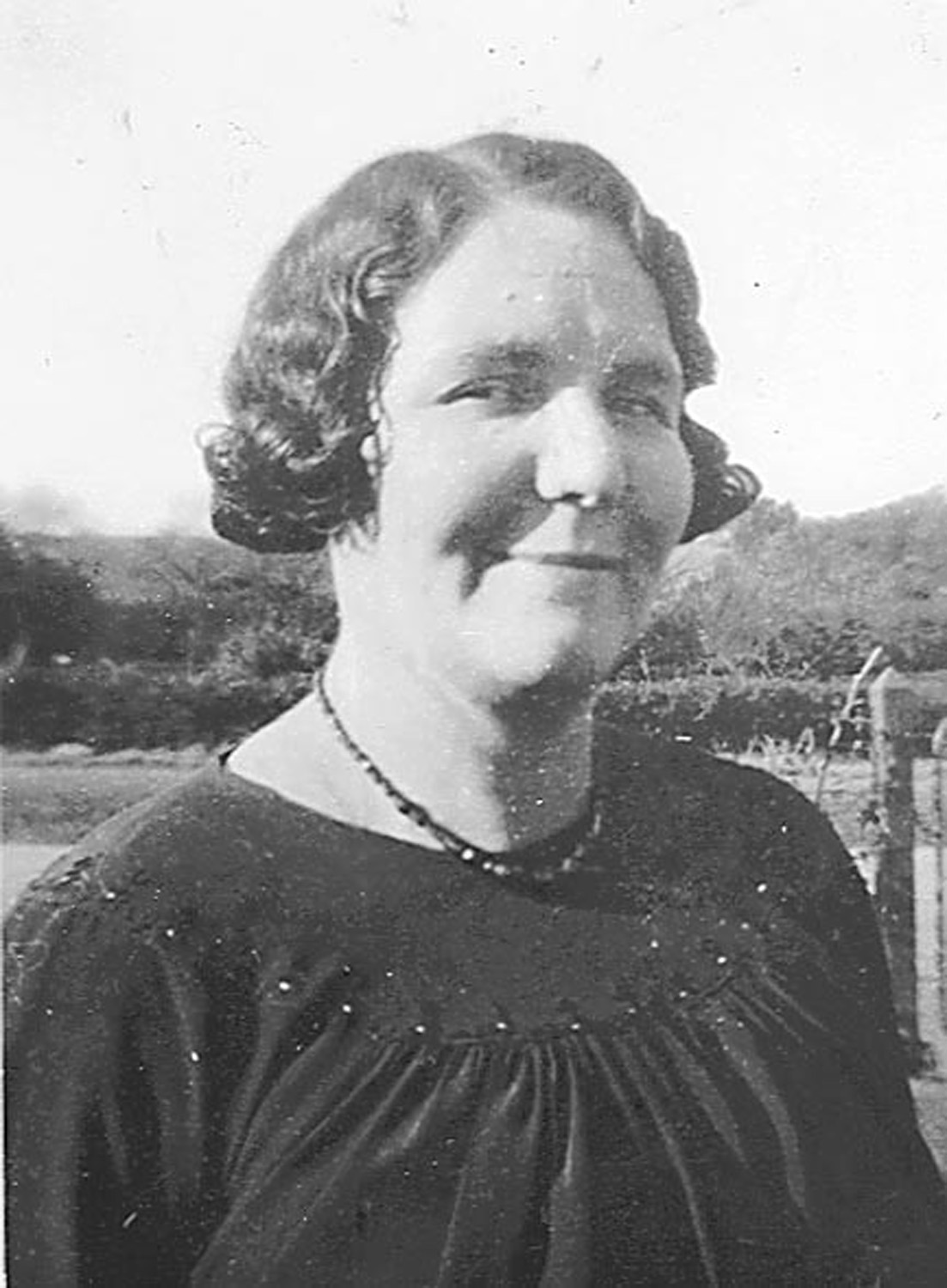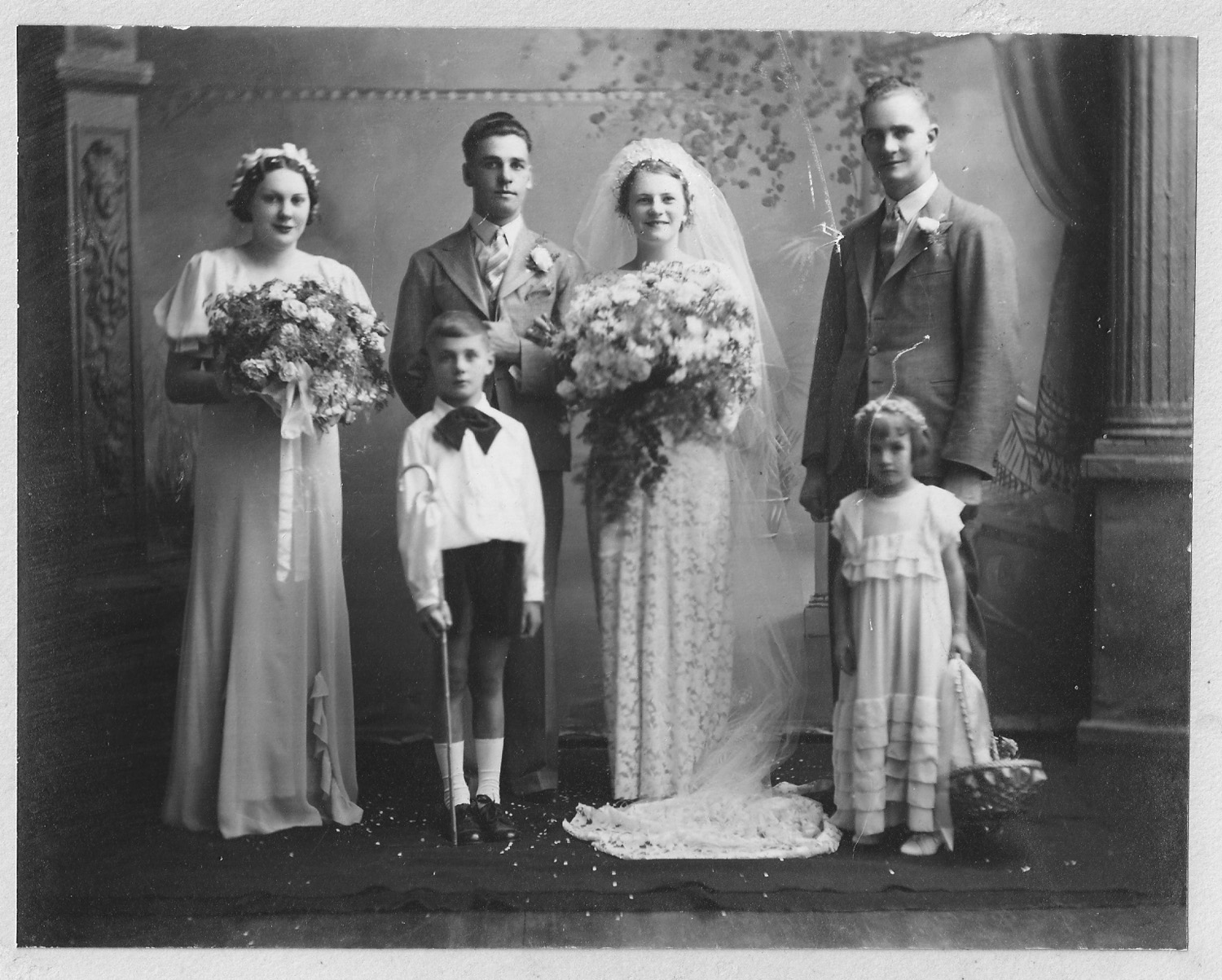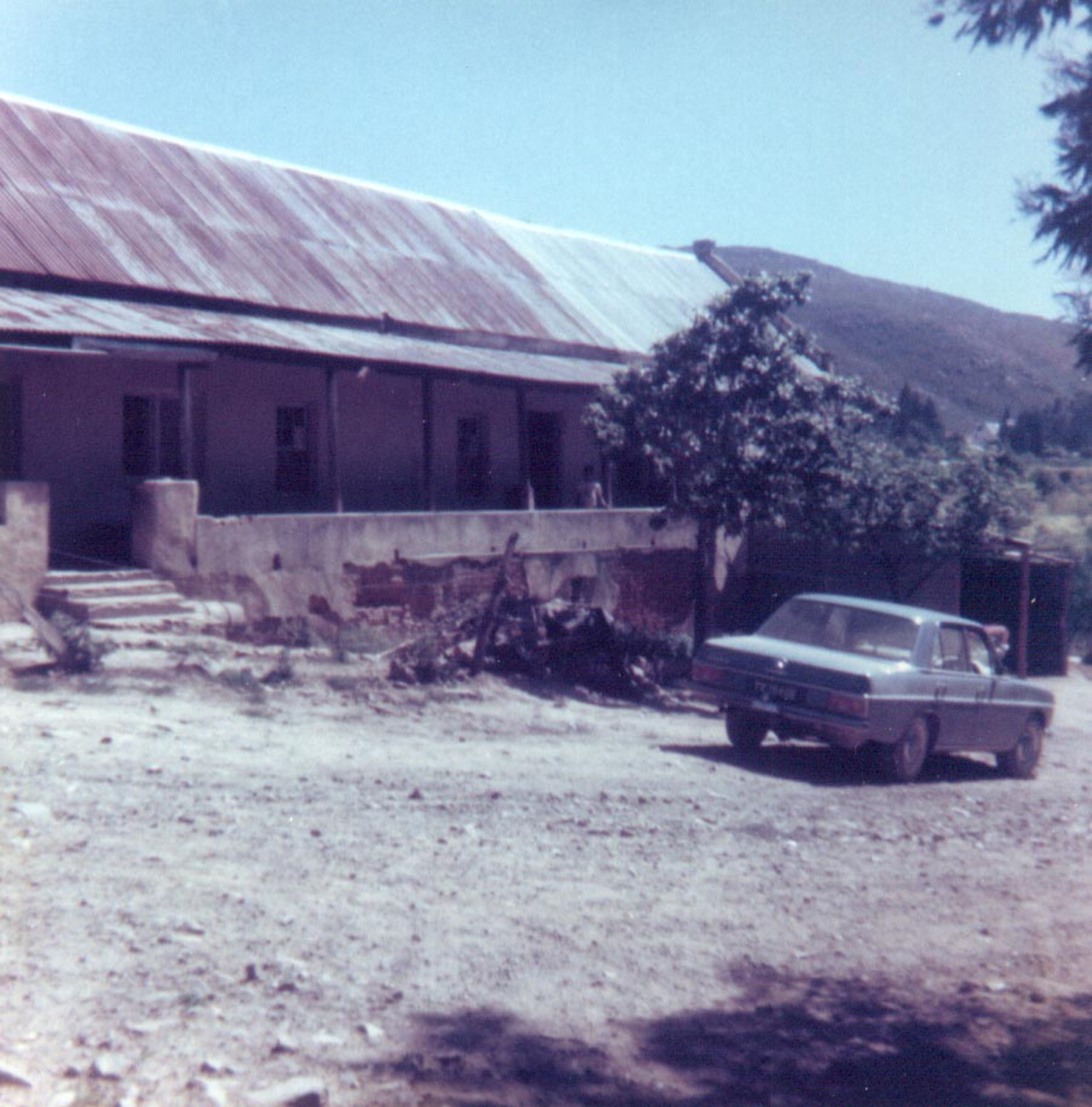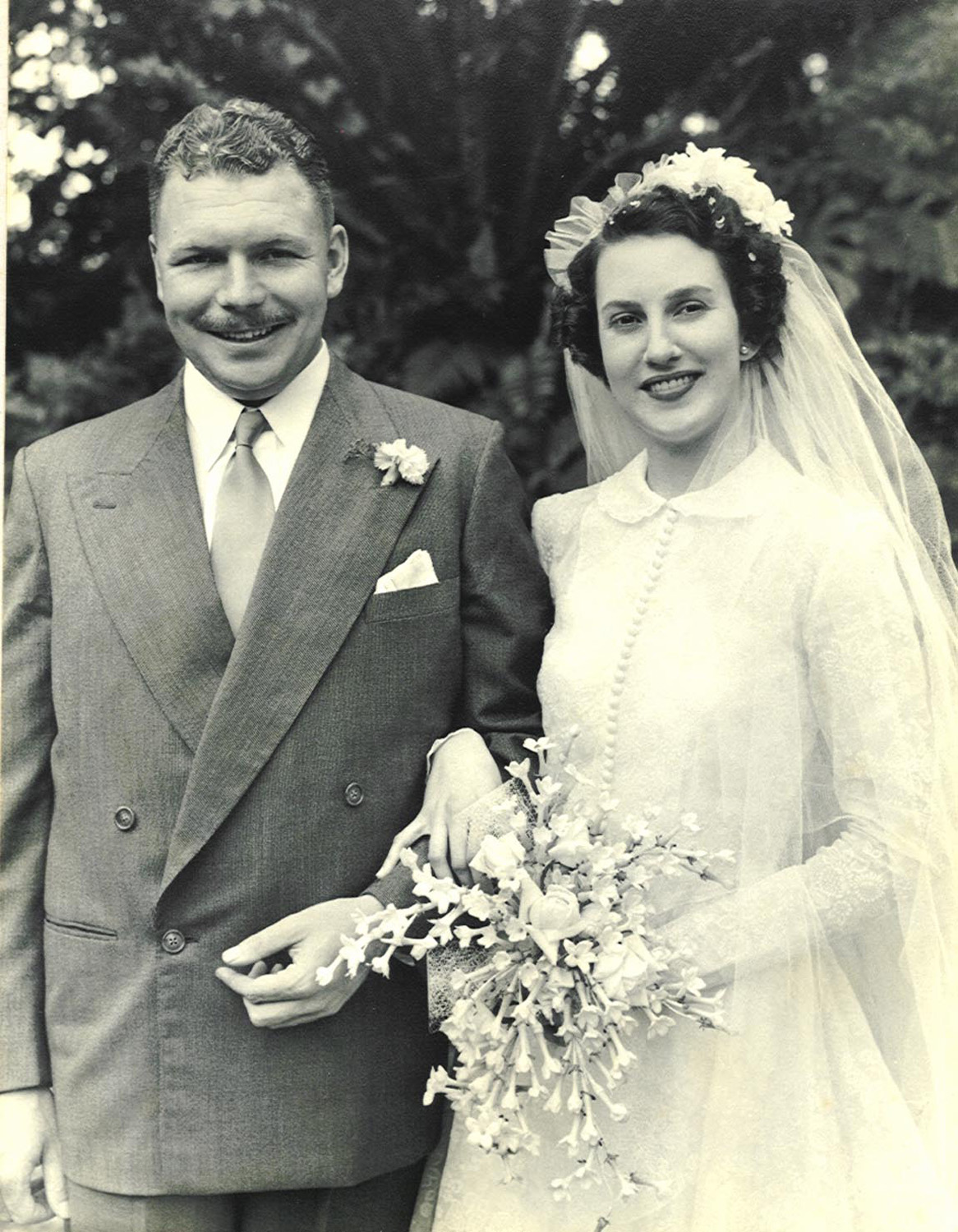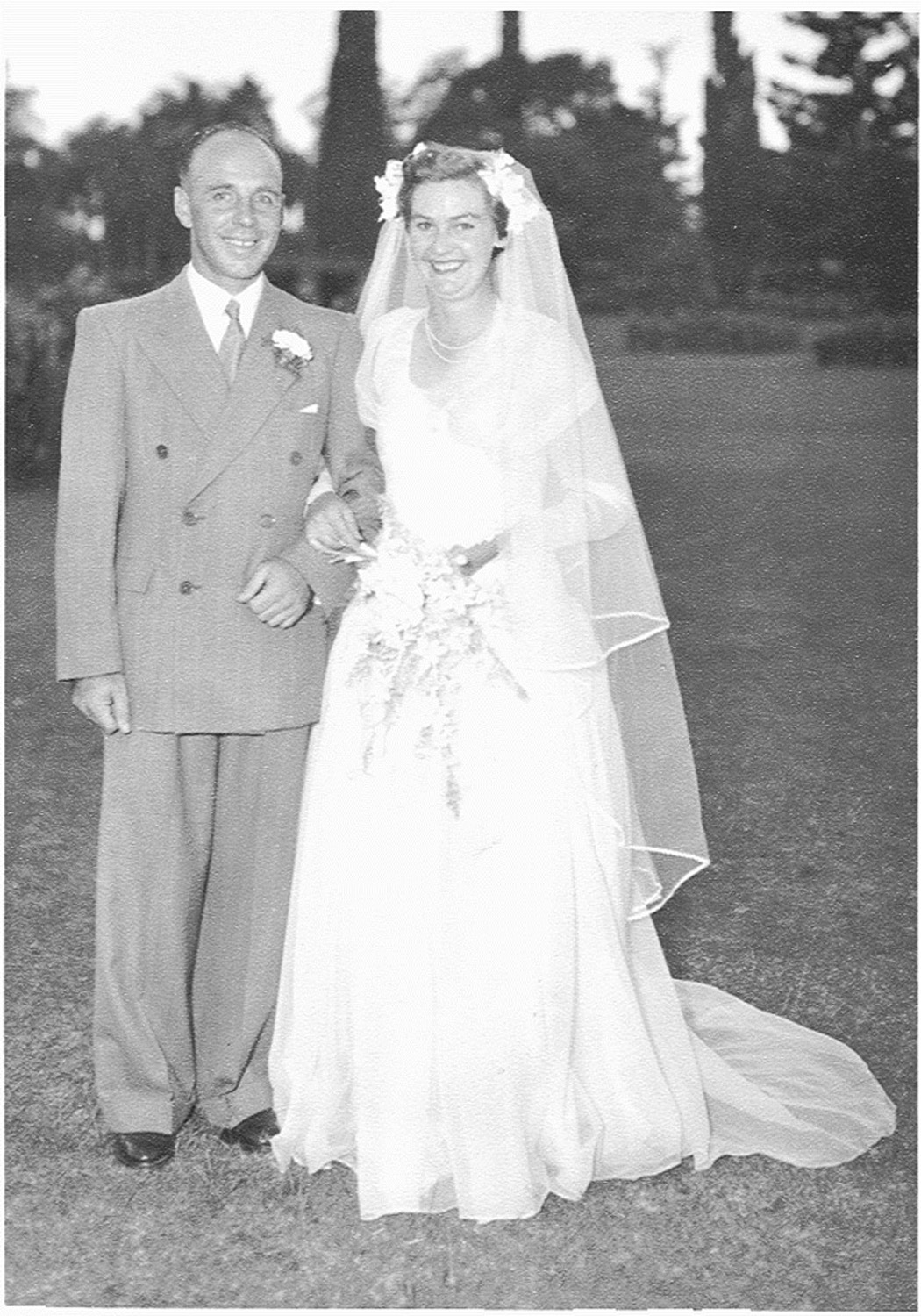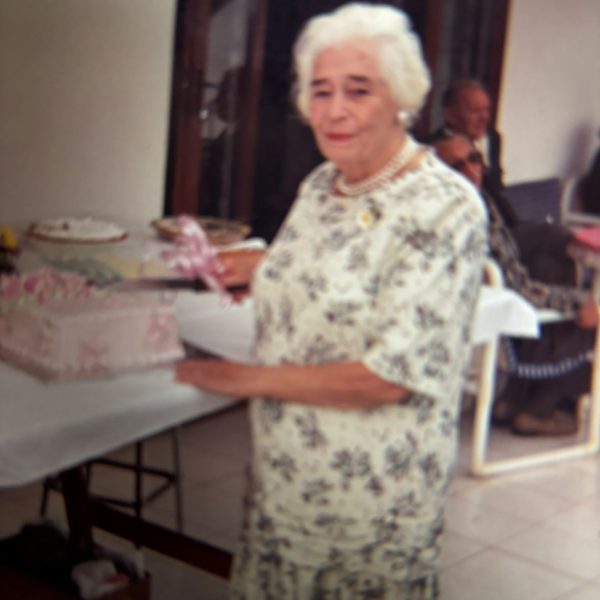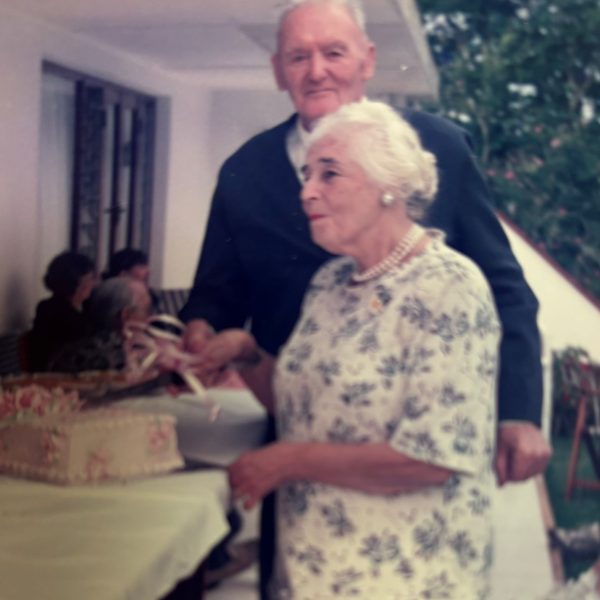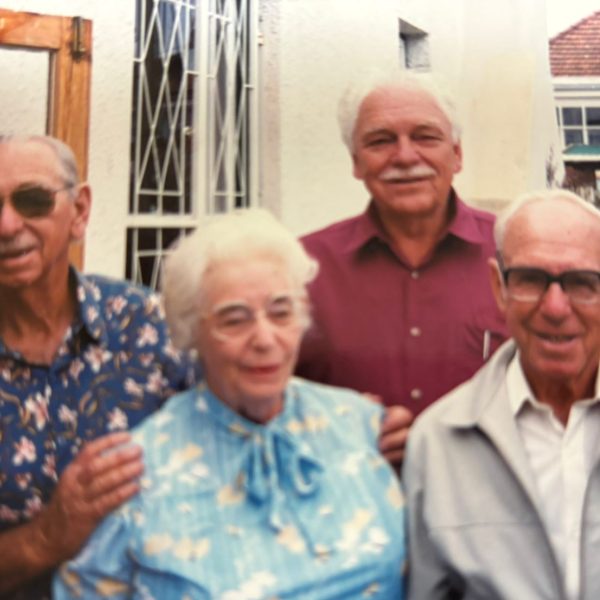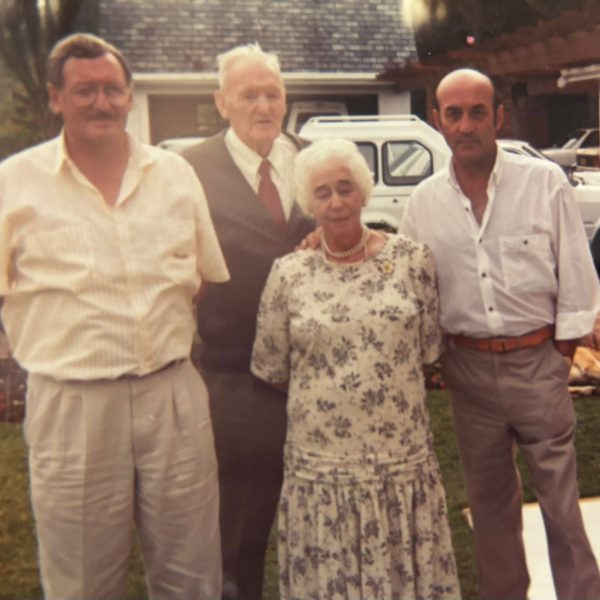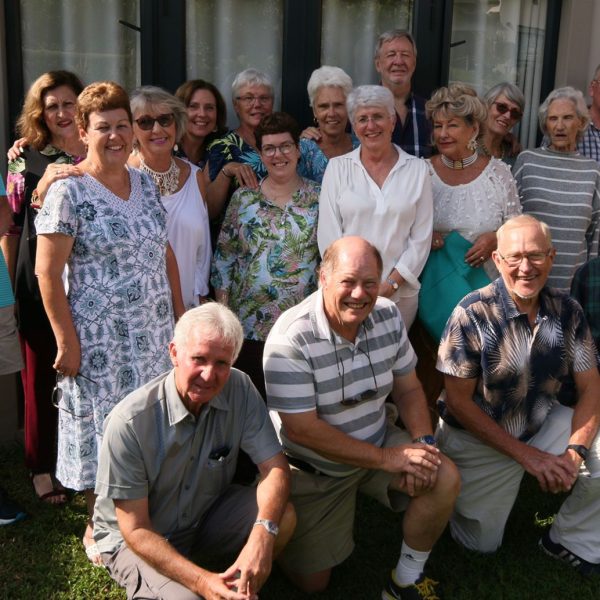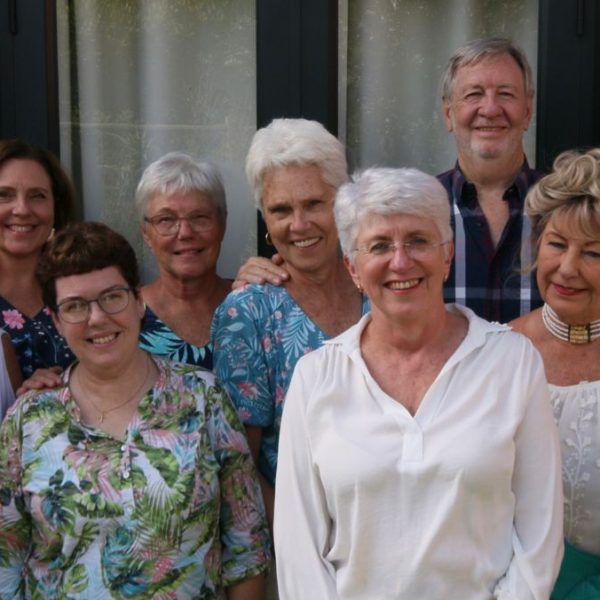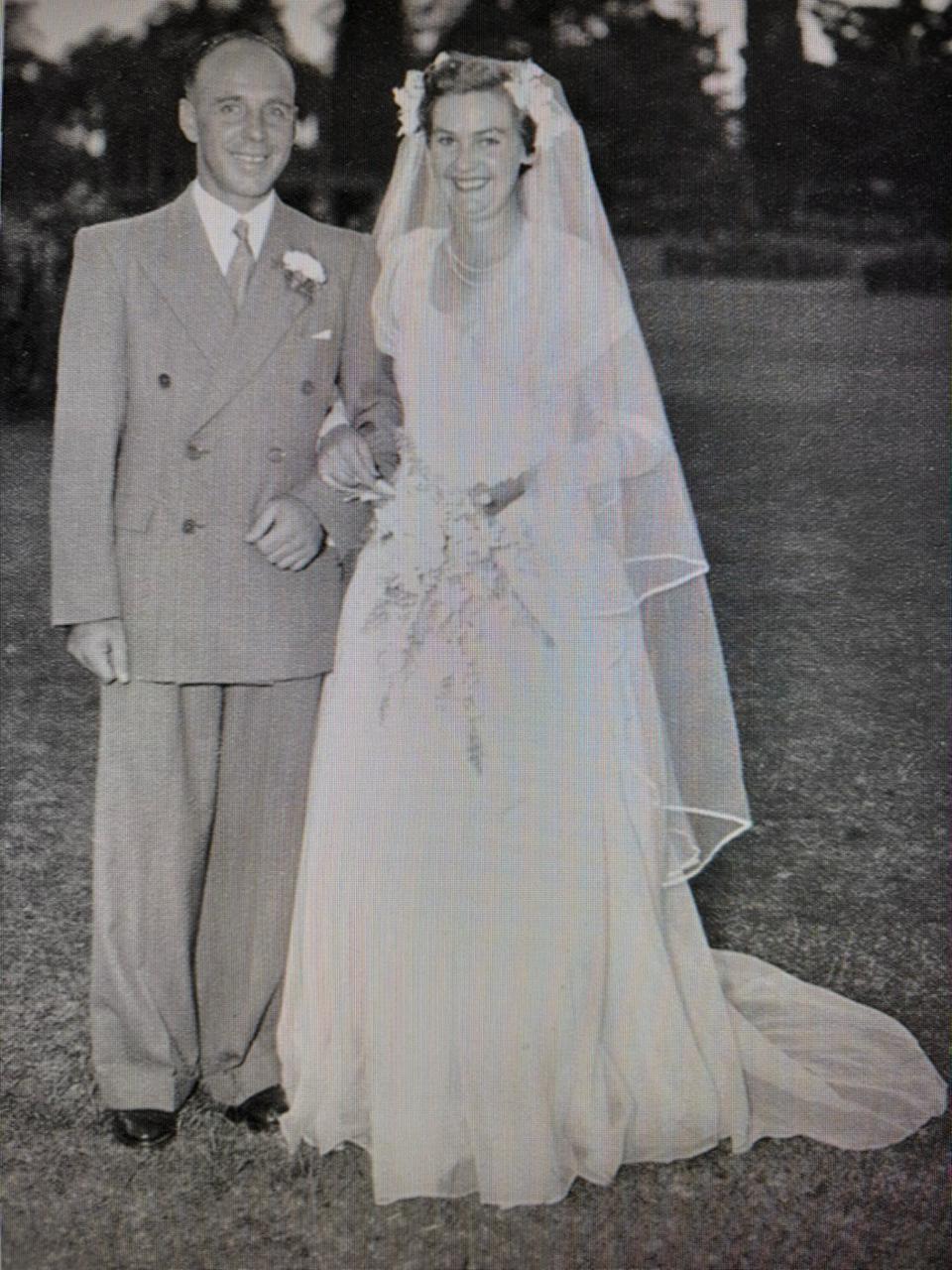The O'Donoghue's of Limerick
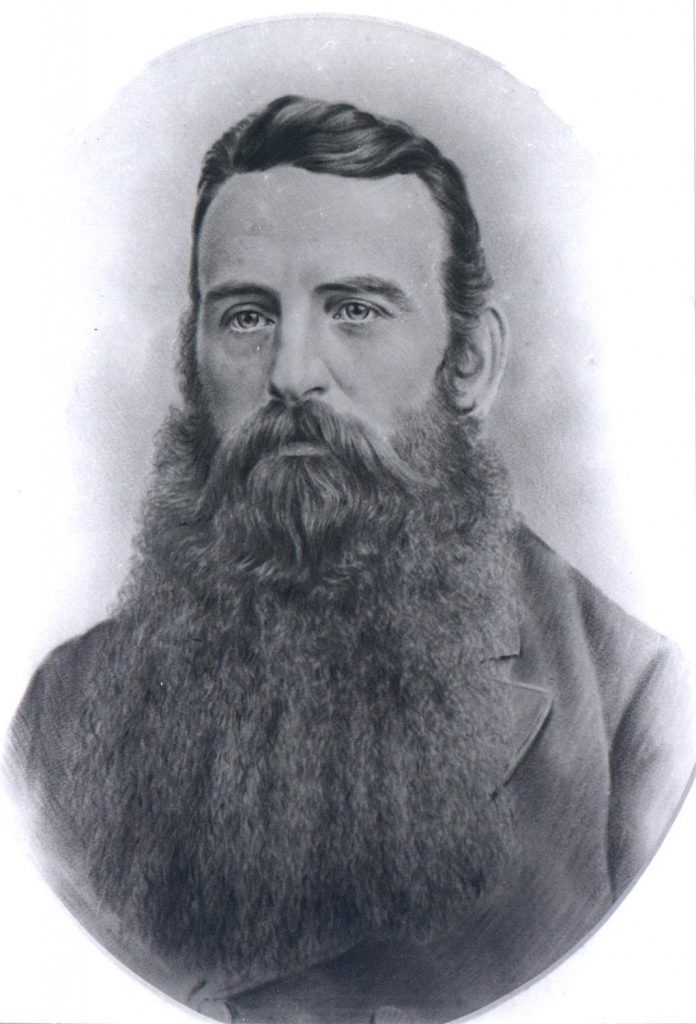
O’DONOGHUE – Limerick, Ireland
I could only trace two lines of O’Donoghue’s that arrived in South Africa in the 19th Century.
They were James Michael O’Donoghue (1838 – 1894) from Limerick, County Limerick and Henry O’Donoghue (1836 – 1904 from Nenagh, County Tipperary. Henry O’Donoghue was Knighted by the Pope and was award Chevalier. One of the descendants of Henry O’Donoghue was the popular radio personality of LM Radio, Barry O’Donoghue. Henry O’Donoghue can be read about in “O’DONOGHUE, People and Places” by Rod O’Donoghue.
JAMES MICHAEL O’DONOGHUE ( 1838 – 1894)
Origins
James Michael O’Donoghue was born in Limerick to parents Michael Donohugh and Bridget Landrigan. This is as it appears on the baptism certificate (St Mary’s Church- Limerick). James and Ellen Donohugh were the sponsors. The name of Landrigan seems to be an uncommon name and difficult to trace at the moment. When one looks at the direct links of my family tree, the names of James, Michael, Bridget and Ellen appear through the generations.
Arrival in South Africa
James Michael O’Donoghue arrived in Table Bay (Cape Town) aboard the Maria Somes which left Southhampton on 22nd November 1859 and arrived on the 18th February 1860, A trip lasting three months. It is on record that he was Blacksmith, aged 21 and on arrival he went to a Mr Clerk of Cape Town to get work. The Maria Somes was a Barque type (three mast) sailing vessel with 252 immigrants landing at Table Bay. The barque was built for the Indian trade by Joseph Somes, one of the founders of Lloyd’s Register and had very good accommodation. She was extremely clean on arrival and the passengers had behaved very well except for one young woman who was troublesome throughout the voyage. The ships cook proved to be incompetent and had to be replaced by an immigrant. One case of smallpox occurred but fortunately it was contained. The Immigrants Board Cape Town later reported that many of the young woman had no training at all and were ignorant of the duties they undertook.
There were no births or deaths on board on this particular trip. This was part of the British Government emigration scheme from 1857 to 1861’. Although many immigrants were part of the scheme, it appears that James Michael O’Donoghue was a volunteer and not part of the scheme. ‘The voyage was not long enough to achieve transformation, but most immigrants benefited from this exposure to civilized standards. The many complaints made about the Irish settlers both on board and by their new employers at the Cape must be seen in this context. Most came from urban or rural slums where there was little hope of escaping the vicious circle of poverty, malnutrition, lethargy and ignorance many became useful and respected citizens is a tribute to their ability to improve their condition when opportunity offered but not all Irish settlers were difficult, but as a group, caused more trouble than any other settlers. They refused offers of employment where there were no Catholic Churches…….’
‘Unfortunately the Cape suffered a prolonged drought……the worldwide depression of the 1860’s, caused much hardship and unemployment……..the Cape suffered a further setback with the opening of the Suez Canal in November 1869…….however the discovery of diamonds in 1867 kindled some hope for the future.’ Very little is known about James Michael O’Donoghue during a gap of fourteen years between the time he arrived and the time he married in 1874. However, there is mention that he was a shop owner in 1866 in Uniondale, He settled in Uniondale in the Langkloof area of the Cape Province, South Africa. The coincidence is that Limerick and the Langkloof are known for their apple orchards. The apple orchards however were established by a certain Mr Baldi after O’Donoghue arrived in the Langkloof. Uniondale was established with the combining of Hopedale and Lyon in 1858 , this town was known mainly for its wagon building and ostrich farming (ostrich feathers were very fashionable) The wagon building is possibly what attracted JMO’D to this area, He married Dirkje Margaretha Aletta Strijdom in 1874. Dirkje was born on the 9th September 1848 at Baviaanspoort in the Langkloof area of the Cape Province and was a descendent of a Dutch family that landed in the Cape in 1674.
Together they had ten children during the twenty year period, 1875-1894.
Recorded next to their names is the number of children born in those respective families:
- Michael John Heyns O’D 8 children
- Mathew Johannes O’D 8 children
- John James Michael O’D (married Castelyn) 5 children
- Martha Maria Magdalena O’D (married Oosthuizen) 3 children
- Bridget Elllen O’D (married Van Rooyen) –
- James Patrick O’D (married Jonker) 3 children
- Mary Leonie O’D (married Tait/Pearce/Lesley) 3 children
- Margaret Ellen O’D (married Greenaway) 4 children
- Johanna Petronella O’D (married Hale) 3 children
- George Edward O’D 2 children
James Michael died in April 1894 and the death certificate only reflects nine children as being dependents. The tenth child was born in December, 1894. When he died, the five youngest children were raised by the mother and of course with the Dutch influence. This was very evident in that today it will be found that those that stayed in the Langkloof area with their mother, reared their children under the Dutch influence and those that trekked to Natal, reared their children under the English influence. This has continued until today. The story goes that one brother fought for the British and the other for the Boers during the Anglo-Boer War. This I still have to confirm but it was mentioned in a letter to me from Steve (George Haig) O’Donoghue.
James Michael’s one son was my grandfather, John James Michael O’Donoghue (1880 – 1936) He also married a girl of Dutch descendancy, Margaretha Sophia Castelyn (1897 – 1965 ).
They had six children:
- Gladys Ellen (1913 – 1996) (married Allchin) 2 children
- James Thomas( 1915 – 1984) (married Boshoff) 3 children
- John Patrick (1917-1983) (married Krugel) 3 children
- George Douglas Haig (1918- (married Elfhers) 2 children
- Donald Charles (1920-2000) (married Vorster) 4 children
- Michail Basil (1928- (married Hood) 5 children
My mother, Wilhelmina Hendrina Boshoff (1919-1972) family line included J.N.Boshoff who was President of the Orange Free State Republic in 1855-1859
Acknowledgements.
Esme Bull – Aided Immigration from Britain to South Africa 1857 to 1867.
Gladys and Pineapple the Cow
Gladys Ellen O’Donoghue Allchin
The story of Pineapple the cow
December 2002
Kobie O’Donoghue-De Vries received the following letter from a Mrs Gladys Ellen Allchin (b.O’Donoghue) in 1990 . Gladys was the granddaughter of James Michael O’Donoghue
(b. 1838.08.? in Limerick and d. 1894.04.07 in Haarlem, Cape Province, South Africa).
Gladys’ father was John James Michael O’Donoghue – b.1880 d.1936
An exact copy of the letter, from page 3 to page 8, as written, follows:
John James Michael O’Donoghue
Born: 1880.03.24 in Uniondale, Cape Province, South Africa
Died: 1936.02.27 in Pietermaritzburg, Natal, South Africa
Married to
Magretha Sophia O’Donoghue (nee Castelyn)
Born: 1897.02.15 in Estcourt, Natal, South Africa
Died: 1965.05.02 in Durban, Natal, South Africa
Children O’Donoghue’s 6
- Gladys Ellen
- James Thomas
- John Patrick
- George Douglas Haig
- Donald Charles
- Michail Basil
Married in Estcourt, Natal. Mum aged 16. Dad aged 33.
A wonderful blessed marriage. We all enjoyed a beautiful childhood. Such loving and caring parents, whose lives were completely devoted to us all. I being the eldest and only daughter, had a very interesting childhood – a Tom Boy and at the same time spent a lot of my young days, assisting my mother in every possible way. Run the home and care for the 5 brothers. I became domesticated at a very young age, for instance, making bread from the age of 9. Was able to run the home completely at the of 13. We attended our early school days at Richmond, Natal. Dad was employed on the railways. Mum was an extremely hard working lady. Apart from caring for us all, she tailored our 5 brothers trousers for school. So lovely to think of all the happiness. Each afternoon just before 5 o’clock mum used to call us to please wash and tidy ourselves and she as well as Dad would be arriving and no matter what Mum, cat, dog, our precious cow Pineapple would career to the gate as the 5 o’clock hooter blew, all to meet Dad but that was not all. As he arrived, all the leghorn fowls would gather at the kitchen door waiting for Dad to finish drinking his cup of coffee, as he would then go to the run, feed them and lock up. But the most wonderful instance of all was Friesland cow who gave us so much milk we were able to drink as much as possible, make lots of butter and even used to sell to a customer. Each morning before going to work Dad used to place a paraffin tin with mealies on the stove to cook and Mum would add bread crusts, potato peelings, pumpkin skins etc and by the evening all would be so beautifully cooked for Pineapple’s supper. At times unknown we and our school friends would help ourselves to the lovely mealies cooked soft and added salt. Now while dear Dad would be enjoying his coffee, Pineapple would become very impatient and would rattle the door knob with her horns, which were very short, wanting her huge dish of food which Dad would prepare salt and bran and whilst she was eating we would climb on her back. When she was finished poor Dad was not allowed to leave until he bound a piece of cloth around a twig and cleaned her ears, first one and then she would turn for the other. When I was 17 years of age, Dad was transferred to Greytown, Natal. Pineapple was sold to the local doctor. She was so unhappy and he lived a distance from where we were and poor Pineapple would go charging down at 5 o’clock. I cannot remember what came of her later.
When in Greytown, I decided to go out to work. By then 5 boys were at school. Three at high school. Dad so enjoyed gardening and his sons assisted him in planting, reaping etc. One could always hear peels of laughter. Dad had a terrific sense of humour. Mum always busy cooking, sewing etc. Meal times were very happy times, especially in the evening. Mum and Dad used to relate their young days etc. Boys down to homework, I always kneading bread for the next day and at 76, I still bake twice a week. Now all our little jobs completed, we all would be in Dads room, Mum included, as Dad retired very early. As far back as I can remember as a child, Dad suffered a great deal and at night could remember him actually moaning, very sever arthritis in his whole body and dreadful headaches and yet in the morning up and to work. In the evenings when in bed we would all sit on the double bed around Dad. He was stout and rest his bible on his chest, read to us and then all the stories of his and Mummy’s young days and also his army career and Mummy always used to chat likewise to us during the day. Our lives were so full with our dear parents we found very little time for going places. Boys naturally loved their sport. Something I will always remember, our home was situated almost opposite the high school and always at about 10.30 in the morning Mum would have tea, hot fresh bread and butter for boys up to 8 to 10 at a time. Very interesting to see the lads climbing through the fence. Dad’s health steadily became worse. By then James had left – was working in Ladysmith and John in Greytown, George in Matric, Donald at high school and Michael only 9 years of age Mum was absolutely broken hearted as they were extremely devoted. What blessings in our family to this day. The boys educated the younger ones, especially George, who put the baby through his career as a surveyor and then only decided to marry in his early thirties. Today he cares for Bill and I. Takes us to where ever we need to go and our two wonderful sons have helped us so much in every way. All I can say everything originates from those marvelous god fearing parents.”
Gladys from what I remember of the times I visited her family in Greytown was very smart and I will never forget she always wore her hair in a bun. She married Bill Allchin ,Bill was the local Blacksmith and I can vividly remember the times as a youngster visiting his works and watching in amazement how he “manufactured” horse shoes and parts for oxwagens etc. Gladys and Bill were very involved and respected by the community and participated in local organisations.
They were in 1950’s the Mayoral couple in Greytown.
Cousins on St Patrick's Day
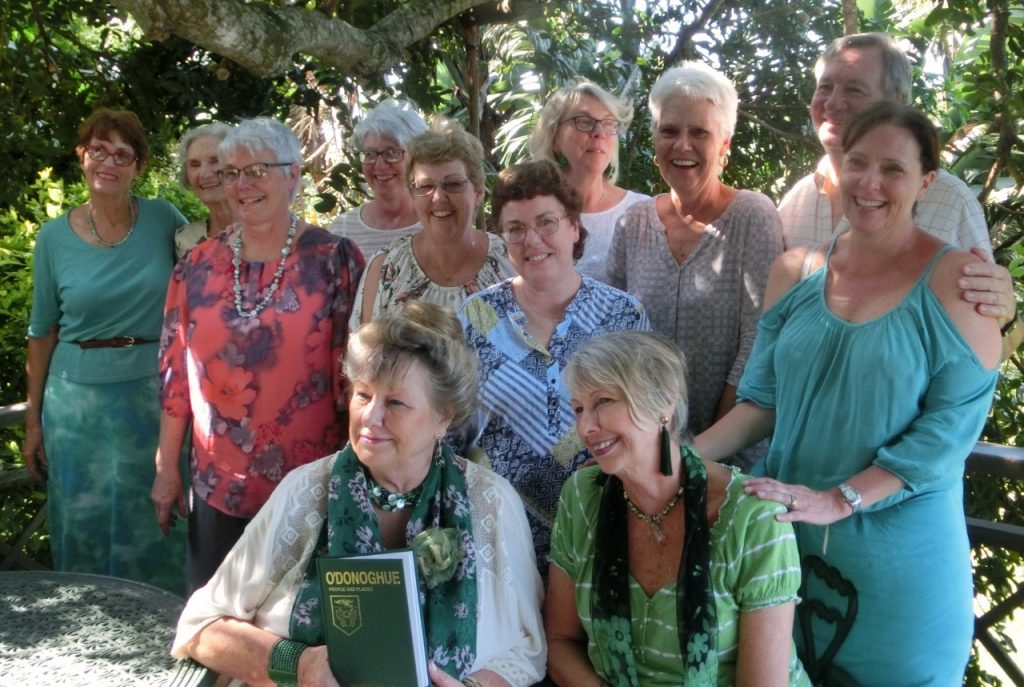
Cousins Day
St Patricks Day – Sunday 18th March 2019 – South Africa
The O’Donoghue cousins gathered on this day and were hosted by Trevor Thompson and Sharneen O’Donoghue-Thompson on their farm, Seaforth.
Seaforth is located at Umhlali on the north coast of Kwa-Zulu Natal in a most beautiful setting. Their house is also a B & B and so accommodated some of the out of town cousins. The B & B has three double rooms and a 5 bed family suite.
The 11 cousins present were from
- Dublin, Ireland Kathleen O’Donoghue-Clarke & Justin Clarke
- Pretoria Maureen Schuster
- Johannesburg Aileen O’Donoghue- Ramsay & Grant Ramsay
- Johannesburg John O’Donoghue and Rosalind
- PietermaritzburgElaine O’Donoghue-Langlois
- Pietermaritzburg Barbara O’Donoghue- Allison
- Pinetown KZN Robyn O’Donoghue- Savage
- Kloof Colleen O’Donoghue- Patrick
- Howick Shelagh O’Donoghue- Goddard &
- Umhlali Sharon O’Donoghue- Palm & Brian
- UmhlaliSharneen O’Donoghue- Thompson & Trevor Thompson
It was such a great reunion since most of us last saw each other about fourty years ago. All cousins present were ladies and the only male was John O’Donoghue. The other males present were the partners. Unfortunately, there were two families not represented. The cousins of the parents of Gladys O’Donoghue-Allchin and John (Bull) O’Donoghue. Bryan O’Donoghue who lives in New Zealand was also not present. Sharneen and twin sister Sharon did an amazing job catering and some real Irish decorations. Trevor did a roast on the barbecue and he looked the professional chef carving the delicious fillet. Meeting the partners of my cousins was a “highlight” and made the get together so complete. Of course, some of them are on retirement. It just goes to show how time flies and have now for the first time ever, as cousins, that we have assembled together. The venue added some much colour and atmosphere to the occasion. Beautiful well kept flower gardens with sub-tropical fruit trees. Avocado, banana’s, granadilla, litchis, lemons, macadamia, oranges, pawa paws, pecan nuts and pineapples.
After lunch Trevor took us on a tour of the property. Trevor first took us to meet his prize Brahman bull. We of course kept our distance. While having a good look at this brute we missed a cow giving birth. It was very interesting watching the reaction of the cow and how she “managed” the new born. There were seven beautifull nGuni cows. Of course, I forget the very friendly dogs. Next, Trevor took us to his “honey” factory. He is a devoted beekeeper and prides himself in bottling the best honey. He maintains 400 beehives from Tongaat to Amatikulu of which 250 are his own.
What a day we had!
Cousins St Patricks day - 2022
Cousins St Patrick’s Day 2022
After our 2019 get together the momentum of continuing with an annual event was interrupted by the Covid pandemic.
Anyhow we managed to get together on 20th March 2022.
This time we were hosted by Elaine O’Donoghue Langlois with the able assistance of her daughters Andrea and Monique.
Elaine lives at St John’s Village on the Karkloof Rd in Howick. This is in the same area as all the Amber Retirement Villages I.e. Amber Glen, Amber Glades, Amber Valley, Amber Ridge etc. I must give this a punt because it is a beautiful area, ideal for retired persons and as part of the Midlands Meander.
Again it was a great get together but unfortunately, not all that were present in 2019 were present this time.
We had good food, drinks and laughter. Sharon did some play acting reminiscing early days of the twins, Sharon and Sharneen.
These are the notes of the twins stories over lunch read by Sharon.
Cousins Rememberings – Random
2 Lindup Rd. George & Jeanettes home in early days. Homesick!!! Poor Aunty and Uncle had to put with 2 howling twins. 5pm on the nose etc. George: how do you know who you are? Sardine and Salmon ! Debonair Uncle James! Elegant Aunty Hennie! Latter years Uncle James visited often with other partner ? for Sunday lunches !
Sunday lunches Uncle Michael & beautiful Aunty Lorna! Yummy !!! Remember the Hydrangeas & quiet lovely home ! just like Aunty Lorna. Uncle Bull and Stelly. Oh my! Staying with them in Ladismith, Patty rolled me down a hill in a drum. I landed up in a nest of biting ants. Placed in a hot bath with Dettol to get rid of them. Ugh!! Elaine in Ladysmith. Beehive hairdo? Bees attacked her! Awful!
My Mum, Do not kiss Uncle John (Bull) when he comes. He unfortunately had TB. Poor Bobby. My Mum told us how he cried in pain with Polio. We found him a dashing cavalier as he used to take the twins for drives. He once asked if it was OK to marry a cousin ! Aunty Gladys lunches (Sun) visits. Sweet pumpkin etc!. Dahlias in the lounge! Uncle Bull (John) always had sweeties in his pocket which he dished out. Old Lady slept on floor in front of the coal stove on a mat in Ladysmith, His German friend made apple strudel pud. Why Aunty Hennie called that. Mum said because she was meant to be a boy. Hendrick. So beautiful she was.
Us as flower girls to Lorna. We adored her!!!! Aunty Jeanette warm and wonderful! Such a calming presence. Loved her Well groomed , elegant Aunty Gladys. Cake icing. She did Sharneens wedding cake. Told the story how she understood Zulu and how a group of people passed her on the street in Greytown remarked on her lovely big boobs ! She thanked them in Zulu. The were fascinated. Uncle Bill and Aunty Gladys were Mayor and Mayoress of Greytown.
Robyn and Austin before they were married came to lunch. Sharneen memory is never has she seen such electricity between 2 young people. They stared at each other & Austin could not keep his hands off her.! Our wood and iron house in Woodford Rd where Uncle Michael stayed with us while at varsity. He was shaving in the bathroom and I stood on the bath and obscured the mirror (about 5 years old). He slapped my legs|. Hilda took off! You do not slap my children! Poor Michael.! Our brother Brian had scarlet fever and was taken to a hospital to be isolated! Our Mum wore sunglasses and hat to disguise herself so that baby Brian would not recognize her when she visited. Michael drove us in a lovely car which was a thrill for us. The twins stayed behind and I wanted to wee-wee. We don’t know which one ended up doing it in the car on the floor near the back seat. Can’t remember if Michael ever found out.
Thank you for listening to this old women’s ramblings!!!!!
Our uncles all had twinkles in their eyes.
George O'Donoghue
A Glimpse into the Life of George Douglas Haig (Steve) O’Donoghue
George Douglas Haig O’Donoghue, favouritely known as Steve, was born in Ladysmith, Kwa-Zulu Natal, on 21 September,1918, He was the fourth child and third son, of the family of 6 children, born to Margaret and John O’Donoghue. Gladys, the only girl and fortunately the oldest, was followed by James, John, George, Donald and Michail
As his father was a platelayer on the railways, the family moved around on Kwa-Zulu Natal. Steve’s early years were spent in Fox Hill and Richmond. Steve was – according to him – “a model Child”. His brothers were the naughty ones! He often told the story of having his hair in long ringlets as a toddler and his brother John taking him under the bed and cutting off each ringlet, saying as he did so “You are not a girl!”
We were led to believe that Steve was so quiet and meek as a child that his mother at one meal forgot to give him any food and he just sat there patiently waiting, while everyone else tucked in. Eventually when they had all just about the finished, his mother noticed that she had omitted to feed him!
However, there were also stories of Steve along with his brothers stealing fruit and robbing birds’ nests.
Steve started his education at Richmond Primary Scholl and was there from class 1 to standard 2. He completed standard 3 and 4 at Havelock Road (later Harwood) School in Pietermaritzburg. The family then moved to Greytown, where he attended Greytown Intermediate School. He has a certificate to say that he did not miss a day of school on 1931!
He received a standard VI certificate in 1932 and first calls J.C. certificate in 1934.He matriculated in 1936, the year his father died. At Greytown he excelled at rugby, being captain of the first XV for two years. He was also the head prefect and captain of his house. His responsibilities included ringing the school bell.
Along with his (older) brothers. Steve made an under 16 soccer team to play in the popular Pietermaritzburg 5-a-side tournament. Steve was the only one the correct age and he was the one challenged about his age! Never-the-less the team won the tournament. While still at school, Steve played rugby on a number of occasions for the local men’s side, captained by then Springbok captain Phillip Nel.
Steve was baptized and confirmed in the Anglican Church. He was confirmed in 1937 at St James’ Church in Greytown by Bishop Leonard. In his latter years he has been a regular church goer and member of St Alpheges since about 1960. He was appointed god father to Morris Nicholson, Rosemary Upfold, Bridget O’Donoghue, June Butcher, Duncan Scotney, Catherine Oehley and David Clarke. He always took a keen interest in his god children and only David Clarke was heard to complain that he wanted a new godfather after Steve gave him a spanking while on holiday with him at the beach!
After matriculating Steve came to work in Pietermaritzburg for the N.P.A (Natal Provincial Administration) where he spent 46 years. He started his career in the administrative staff of the old Grey’s Hospital, under Mr. Shackleford. He remained there for 11 years. It was at Grey’s that he became friendly with Ray and Bernice Clarke, a friendship which has been carried through to the next generation. Ray told of himself standing outside the 20th Century Cinema while Steve strolled down the road, reading his newspaper. On coming abreast with Ray, Steve said in a very surprised voice, “What are you doing here, Ray?” “Waiting for you!” was the reply.
On another occasion, Steve was to go on holiday to Cape Town with the Clarkes. They were aboard the train and anxiously looking out for Steve, to whom punctuality has never been important, when they saw him wander onto the platform and casually load his luggage as the train pulled out!
It was while he was at the Grey’s that he played rugby for the Pietermaritzburg Collegians first team and he commenced playing hockey. Hockey and Steve were to become synonymous! Most of his close friends, such as Reg Upfold, Ralph Putterill, Cyril Alborough and Derek Scotney came from his involvement in hockey. Steve was a founder member of Rangers Men’s Hockey club and club captain for 19 years. He served on committee of the President of the Natal Men’s Hockey Association for 5 years. He served as a Springbok and Natal men’s selector as well as a selector for a S.A. Universities side. Of course, Steve became involved in Woman’s hockey too, having a close association with Rippington and becoming a selector along with Muriel Briggs and Enid Lyons.
Here is an extract from a report written about Steve (and by him) 7 years ago, after he had completed 50 years on the council of the Natal Men’s Hockey association.
Steve, who is also an Honorary Life Vice-President of the Natal Midlands Woman’s and Natal Men’s Hockey Associations, was, in 1960, elected President of the latter body and held office for a period of 5 years. In addition, he was the manager of the Natal team at four Inter Provincial tournaments. He was a springbok selector for a number of year and in addition he was a Natal Men’s, a Pietermaritzburg Women’s, a Country Districts and a Natal Masters selector. He also served as a selector at a S.A. Universities Hockey tournament and was the convenor of the selection panel at the S.A. Schoolboys Inter-Provincial Tournament.
Steve became Natal’s first Coaching Administrator, and this led to his close involvement in the development of Mini-Hockey in the Province. He also served as a liaison officer for Mini-Hockey as well as Country Men’s Hockey on the Natal Council.
Steve has acted as Tournament Referee at S.A. Teacher’s Training College Inter-Provincial Tournament and was for many years a woman’s hockey club coach, a task he says he enjoyed particularly during his long period of bachelorhood!
As a player, Steve gained his Natal Colours in 1946, as a right wing and for Several seasoned thereafter was specifically nominated by the Natal selector as the reserve to Springbok Dean Bestall on the left-wing berth.
Finally in looking back over the 50 years in which he was involved in local hockey administration he feels that one of the highlights was the Natal Midlands Hockey council achievement in prevailing on the local municipality to provide hockey in Pietermaritzburg with field and club houses as well as lighting.
Steve’s Job at Greys was classed as essential services, so he was (fortunately) not able to join the army during the 2nd World War. He has some amusing stories to tell of a camp he attended during which he consistently wore his helmet back-to-front! At this time, he was also taking a few courses part-time at Natal University.
In 1948, Steve was transferred to the office of the Provincial Secretary. While there he was twice transferred to the Education Department. On the first occasion he was saddled with the task of staffing all the schools in Natal except the primary schools in Durban. He told many amusing stories of his days there. On the next occasion he was appointed Examination officer for the Natal Senior Certificate. He was also for a few years allotted “Special Tasks” by the Provincial Secretary. These included amongst others, being secretary to the commission of Inquiry under Judge M.T Steyn, which dealt with the questions of the incorporation of East Griqualand into Natal.
Steve moved with the Provincial Secretary’s office to the new headquarter in Natalia, even though he was the last one to do so! On moving day, he just got on with his work until such time as the movers arrived. Later, in the day he wondered why everything was to quiet, only to find that he was the sole occupant of the Pietermaritz Street building- he’d been forgotten!
It was while he was in the N.P.A headquarters for the first time that he met Jeanette Elffers and his long bachelor days were over! Steve began courting Jeanette, He would come and visit and would fall asleep in the chair, Jeanette would wake him for tea, which she made earlier and to have some companionship! They were married on the 29 April 1953, in a mid-week ceremony, so as not to interfere with sports matches. As Steve had no transport, he hired a rickshaw to take him to his wedding. The rickshaw, attired in specially imported (from Durban) traditional dress, brought the late afternoon traffic in Pietermaritzburg to a standstill, the wedding photo appeared on the front page of the three local newspapers. Steve maintains that he has been take for a ride ever since! Years later a stranger stopped Jeanette in town after recognizing her as the “rickshaw bride”
Robyn Anne was born in 1955 and Barbara Jean followed two years later. The family settled happily into life at 2 Lindup Road, conveniently across the road from the hockey grounds. The girls were always happy to accompany Steve to hockey, especially when a “mindral” was promised. Steve could often be seen umpiring a hockey match with Robyn’s beloved teddy tucked under his arms
In 1963 Steve acquired his first car, an Austin Cambridge and the family embarked on the first of their many holiday trips around South Africa and her neighbouring countries. These holidays allowed Steve to indulge in his other interest of photography. Jeanette, Robyn, and Barbara became quite good at being the foreground in Steve’s photos and Barbara remember perching uncomfortably on a barbwire fence to enhance a photograph.
In 1970 the O’D moved to their present home in Bisset Road and added a tour-a-way caravan to their possessions. This made for some interesting moments and those annual holidays. Fortunately, with Steve’s tremendous sense of humor, potentially traumatic incident became family jokes. On one occasion Steve wondered why the car was battling to pull the caravan and Barbara got out of the car to investigate. She found that Steve had not put up the caravan’s legs and he had ploughed up a good section of the caravan park. On another occasion, this time in Swaziland, Robyn looked out of the car window in time to see the caravan overtaking the car!
There was always a lot of fun and laughter in the O’D household and Betty Mantle across the road often commented on the sound of laughter that came drifting to her. One never knew what Steve was going to get up to next and Jeanette could be frequently heard to cry “Oh, Steve!” in exasperation.
Steve’s garden was always his pride and joy and he has spent many happy hours in it. Early in the morning once he has read the newspapers, Steve could be found in his garden, rain or shine and again in the late afternoons and evenings, Steve didn’t let the fact that he was wearing his best suit deter him from gardening either. Supper in the O’D household was always after it got to dark to garden! However, Steve has been known to garden by torchlight. One evening Robyn and Austin arrived home from a date to see a torch flashing around the garden. Austin deciding it was an intruder, locked Robyn in his car and crept after the flashing light, and was about to overpower the “intruder” when he realized it was Steve, planting by torchlight
Once supper was over, Steve would fall asleep in his rocking chair, usually with his mouth open. His daughters delighted in popping an assortment of foodstuff into his open mouth and then standing by eagerly to see his reaction when he awoke! Once Steve had his sleep in his chair, he would be ready to begin his chores at 10 p.m. The family received a few irate phone calls from the neighbours as Steve decided to begin some woodwork at 11p.m.
Steve and Jeanette celebrated their Silver Wedding in 1978 by going overseas to Europe for the first time. Steve became the “Father of the Bride” in December 1978 when Robyn married Austin Savage and again in December 1981 when Barbara married Michael Allison.
Steve retired in April 1982, at the age of 63 and celebrated this by taking Jeanette on a trip to the Far East. In April 1983, Steve was elevated to the status of Grandfather, when Robyn gave birth to Matthew. Mathew, however referred to Steve as “other granny” for a while, before he settled on calling him “Papa”. Matthew and his Papa could often be seen siting on the garden bench having serious discussions. In March 1985 Barbara gave birth to Brett and a day later Robyn added Louise to the family. Brett and Louise enjoyed staying with Granny and Papa and getting up at 5a.m. and taking Chester for a walk. When Brett and Louise were about two years old, they came running down the driveway, holding hands and wailing “Papa swackered us!”
In July 1989 Steve became the proud grandfather of twin girls when Barbara surprised the family with Kate and Debbie. The twins have always enjoyed gardening with Papa, and they are the only ones who presently play Papa’s sport of Hockey
Steve is no longer actively involved in hockey, but he dabbles in pensioner’s Bowls. He still potters around his garden and enjoys his photography. He still has his snooze in his rocking chair, maintaining he sleeps better there than in his bed! He takes a keen interest in all his family and in all sporting events
( The above was compiled by Barbara and Robyn on the occasion of Uncle Georges 80th Birthday – 1998)
Note by John JM O’Donoghue:
From what I gather is that George was nicknamed Steve after the English jockey
Steve Donoghue.
Kobie O'Donoghue - DeVries

KOBIE O’DONOGHUE – DE VRIES
b.1925.08.18 Langkloof, South Africa
Preamble
In January 2001 I decided to research our family heritage and tried to communicate with fifty plus families throughout South Africa that I found in the telephone directory. I not only wanted to complete the family tree by accessing archive information, but was actually trying to piece together the history.
Throughout my correspondence and telephone calls, those that I discovered who were family, always directed me to a Mrs Kobie De Vries. Whether they were far-removed uncles, aunts or cousins, this name always came up as the person that I should contact because they knew that she was also doing research on the family.
I eventually made contact with this lady that had started work on the subject in 1990 but as we all know it can be very time consuming and progress was very slow. However, with her assistance I have managed to make good progress and I would like to take this opportunity to thank her for the input.
Only since I started working on this project with her did I realize who she was and what part she played in the community. I have not been able to do research on Kobie, except for what I have from newspaper cuttings and of course her own stories.
In writing about Kobie, particularly for the O’Donoghue Society Journal, the unfortunate part of it is that all her writings and poems are in Afrikaans. These cannot be translated because they will just not have the same meaning but these will be published when the book on the O’Donoghue’s in South Africa is published.
Kobie actually amazed me and I admire her for her attempts to keep in contact with relatives in South Africa and the U.K.
Her grandfather was James Michael O’Donoghue (1838-1894) born in Limerick and emigrated to South Africa in 1859 at the age of twenty one, He settled in the Langkloof area of the Cape. The same James Michael O’Donoghue was my great-grandfather.
Kobie’s father was James Patrick O’Donoghue (1886-1974) and her mother was Doretha Maria Jonker (1896-1970).
Kobie O’Donoghue – De Vries
- Schooling was in the Langkloof and then she studied for her BA Degree in Social Work at the University of Stellenbosch and graduated in 1948.
- Her working career started in Cape Town where she met and married
- Frederick Johannes De Vries in 1952.
- In 1956 their house was expropriated because of access roads that were being constructed to join up with the N1 motorway from Goodwood to Cape Town.
- They then went to her fathers farm in the Langkloof but in 1957 the farm fell into the area was proclaimed a non-white area by the Group Areas Act. Her parents received very little compensation. In July 1957 Kobie and Fred moved to Krugersdorp (Johannesburg) where he obtained work.
I quote extracts from the following newspaper cutting dated 1978 when she retired after 33 years as a social worker and titled:
Kobie de Vries will devote her time to writing
When an Irish Cape apple farmer, Mr Patrick O’Donoghue, married Miss Dorothea Jonker on September 28, 1920, little did they dream that their daughter, now Mrs Kobie De Vries would become a dedicated social worker who has enriched the lives of countless people and has become a much loved and respected Krugersdorp personality.
She spent 10 years working for the Christelike Maatskaplikke Raad (Christian Welfare Council) in the Cape.
“My only transport was a bicycle, “she said, “which saw me through storms, South-Easters and sunny weather. I have colourful memories of my work, mainly among the poor of the Coloured districts of Elsies Rivier and Matroosfontein and in my second year of studies, in District Six”.
In 1970 she was appointed Chief Welfare Officer for the Krugersdorp and Leratong Hospital complex.
She was asked to write a play for the International year of the Aged – 1882. The play will be staged in Bloemfontein.
A noted author, playwright and poetess, Mrs De Vries has written the libretto for “Die Goue Middeweg”, presented by the local Commercial High School.
Asked what the key was to continuous joy in social work over 30 years, Mrs de Vries said: “A love of God above all else, and to love your neighbour as yourself: involvement community life and the interest to buildup a circle of friends for your work.
“To reach out and walk a second mile. The world needs that more than ever today”.
(P.B.)
Kobie has written the school songs for ten schools, has given radio talks, written plays, organized charity concerts, addressed various congress and written on social welfare in magazines and leading newspapers.
In another newspaper article in the Krugersdorp News dated February 28, 1992, I quote from an article on lunch hour concerts on the St Patricks week:
Ireland is known for her famous poets. But right here in Noordheuwel, Krugersdorp, lives the authoress Kobie De Vries – of Irish descent for her maiden name was O’Donoghue.
She has enriched our culture with her beautiful poetry, unusual short stories and plays of a high standard and is also known for her numerous successful charitable concerts.
- Odes to Betsy Verwoerd
- Poem to General Smuts – her father active in politics

